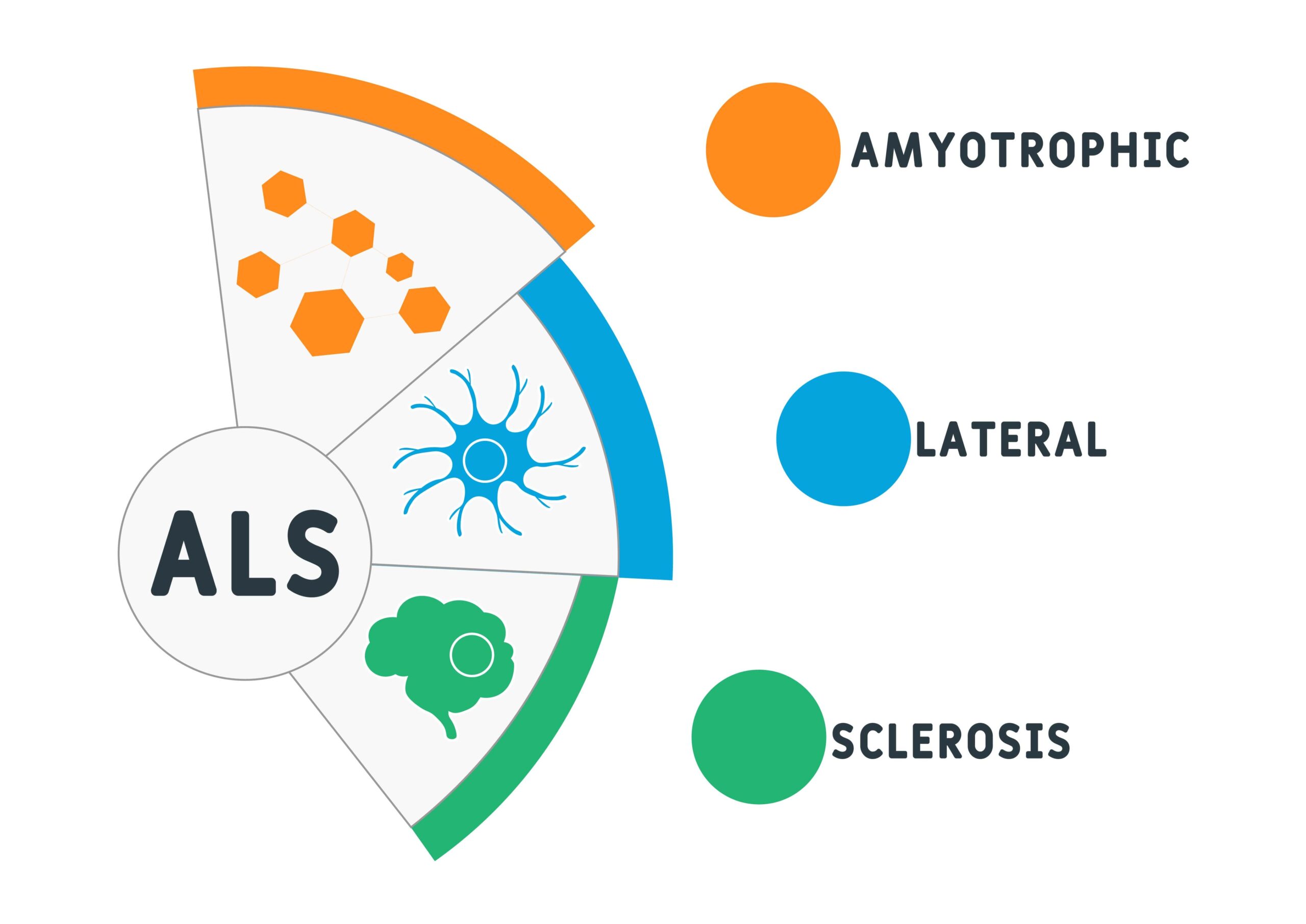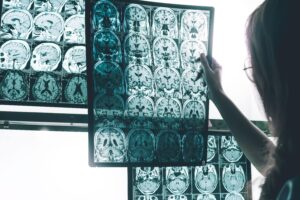Amyotrophic lateral sclerosis (ALS) is a devastating neurodegenerative disease currently affecting more than 200,000 people worldwide. The disease, which is almost always fatal, has relatively mysterious origins; while some cases are the result of an inherited genetic mutation, most cases have no detectable underlying cause. However, recent research by a team at the Technical University of Munich (TUM) could shed light on the underlying molecular mechanisms of the disease, helping to demystify the disease and advance the search for a cure. The study is published in Nature Communications.
How ALS Mouse Models Led to Subtype Discovery
As ALS advances, individuals with the disease begin to gradually lose control of their motor functions. This loss of control is thought to be related to specific molecular processes; however, previous studies have been unable to map those underlying molecular processes with accuracy. The team at the Technical University of Munich (TUM) took a new approach: mapping both coding and non-coding RNA molecules as well as the entirety of the proteins. The team used two primary systems for their study: tissue samples from deceased ALS patients, as well as four mouse models of the disease: SOD1, TDP-43, FUS, and C9orf72.
After careful study, the team ultimately drew two startling conclusions: First, that ALS can be divided into “subtypes” based on molecular activity; second, that there are clear differences in the molecular processes when comparing men and women who had been diagnosed with the disease. Although the researchers have yet to study the tissue of living ALS patients, these discoveries could have major therapeutic implications.
Classifying Disease Subtypes
As mentioned above, a key finding of the study is that ALS can be divided into four subtypes. The subtypes are not differentiated by clinical symptoms; rather, they are distinguished by activity on the molecular level. For example, one ALS subtype showed symptoms connected with inflammatory processes and immune responses, while another showed disturbances in the transcription of DNA into RNA. Two other subtypes showed oxidative stress on the cellular level. “This means that an active substance that is ineffective in one ALS subtype may well be helpful in another,” says researcher Paul Lingor in an article published by MedicalXpress. Essentially, researchers could use ALS subtypes to design unique treatment plans on an individual basis.
Therapeutic Applications for ALS Patients
Interestingly, the team was also able to identify key differences in molecular activity when comparing men and women diagnosed with ALS. For example, while the four ALS subtypes appear to occur equally in both sexes, the team identified more altered gene products in men. This could impact the way men and women are treated during the onset of the disease. Finally, the researchers identified that the MAPK signaling pathway could serve as an important target for new drugs designed to fight ALS. Stefan Bonn, co-last author of the study, noted that the pathway “plays a role in various” processes in ALS, potentially pointing to therapeutic targets.
_____
Further research is necessary, especially pertaining to ALS subtypes — specifically, determining a patient’s subtype while they are still alive. However, this study is an important contribution to the search for ALS therapies.
Scantox is a leading European preclinical GLP-accredited contract research organization (CRO). Since 1977, Scantox has been a trusted partner for in-vivo preclinical research services in the pharmaceutical and medical device industries. Our services and expertise enable clients to progress their drug or device development based on consistent, high-quality, solid data to the highest technical and scientific standards. Scantox services support a broad spectrum of preclinical drug development elements, from lead optimization within in vitro and in vivo efficacy models, CNS/neurology, formulation development, and regulatory toxicology studies all the way to manufacturing and distribution of products for clinical trial phase 1 and 2. For more information about our company, visit https://scantox.com/about-scantox/.











